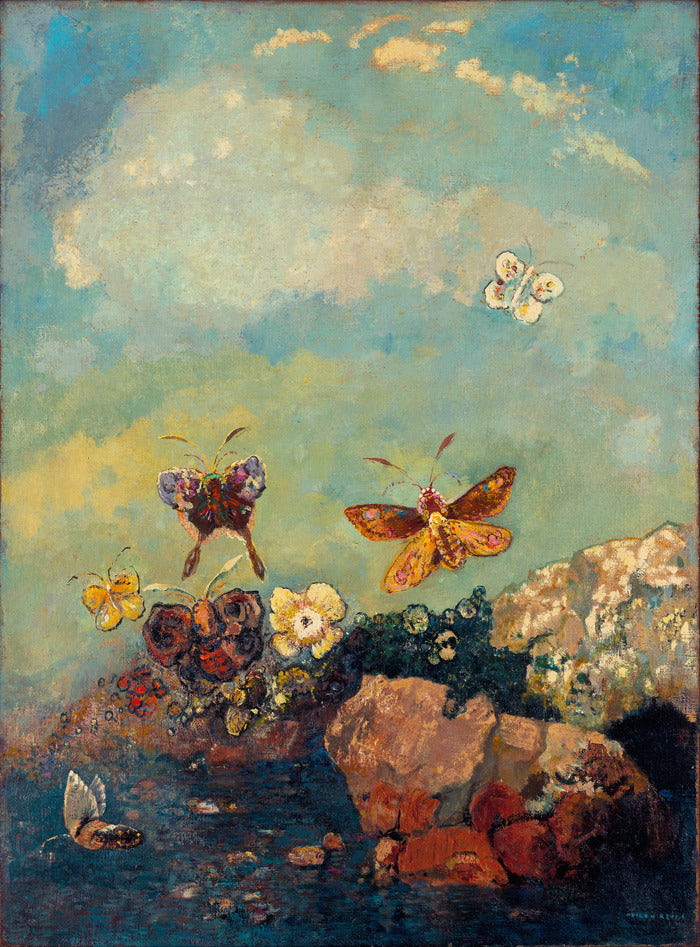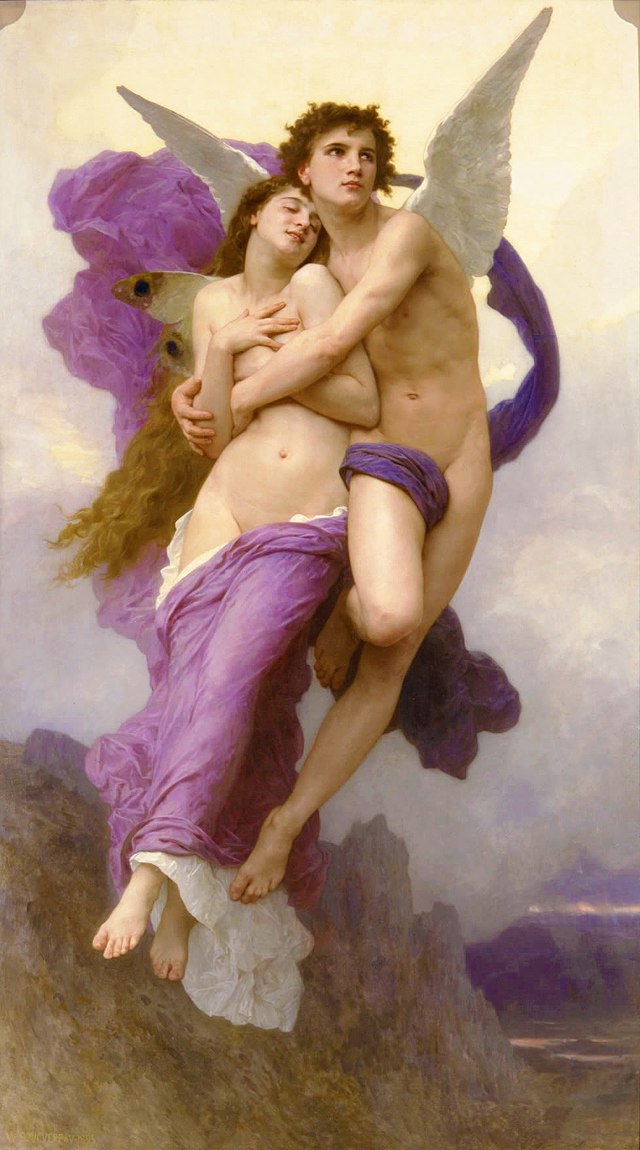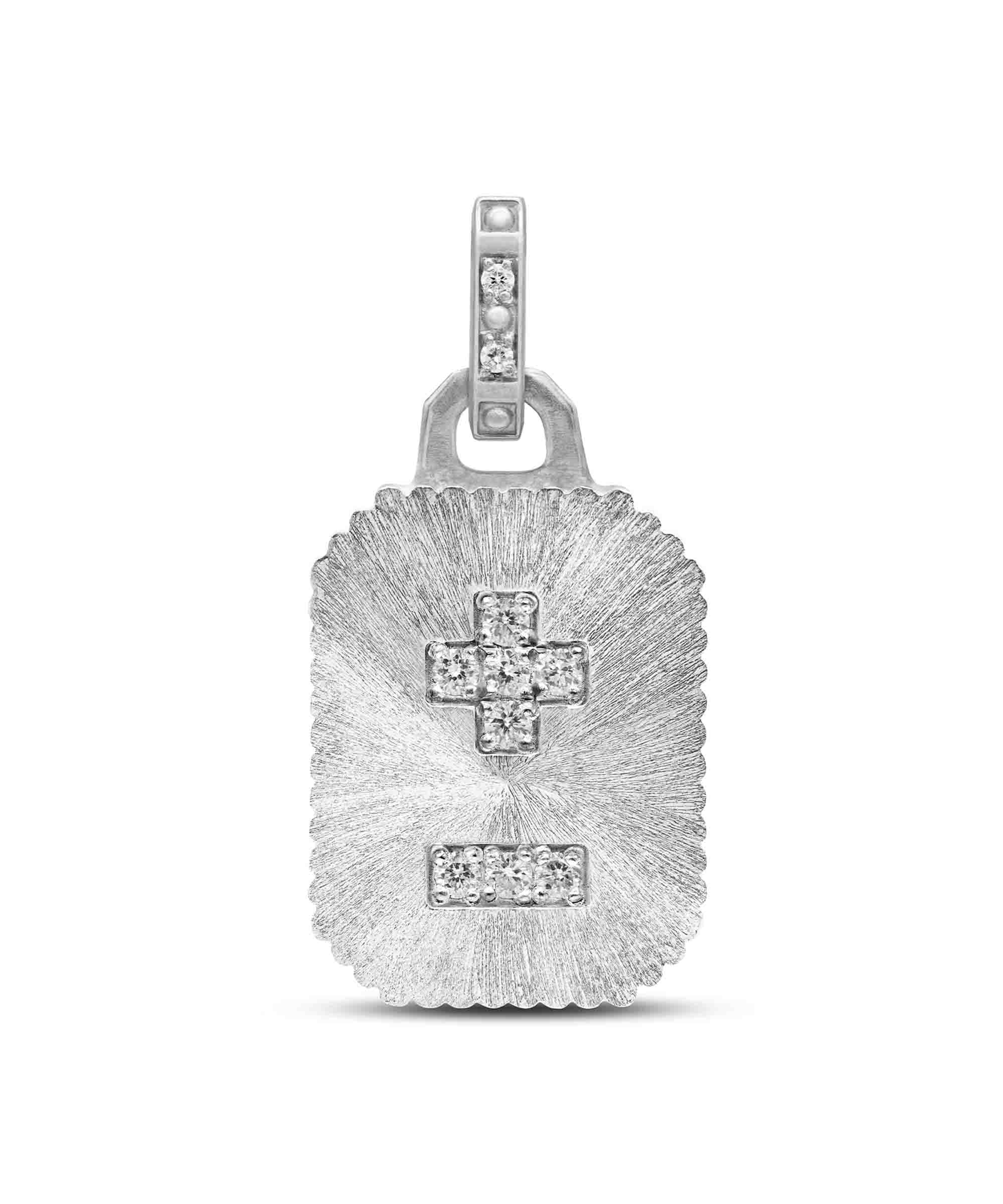The butterfly has long captivated human imagination, its delicate beauty and remarkable transformation symbolizing much more than just a creature of nature. Across cultures, time, and traditions, the butterfly emerges as a powerful emblem of change, renewal, and the transient nature of life itself. From ancient Egypt to modern pop culture, the butterfly has been revered as a symbol of the soul’s journey, personal growth, and spiritual ascension. In art, mythology, literature, and even jewelry, it represents beauty and the fleeting moments that define existence. Butterfly’s rich symbolism, its role in various cultural narratives, and its place in both the natural world and human storytelling, reveal why this small, winged creature continues to inspire and enchant across the ages.
Amuletha™ Book of Symbols
Butterfly Symbol
*Butterflies by Odilon Redon, 1910
Odilon Redon’s Butterflies evokes a dreamlike atmosphere, blending reality with imagination in a way that feels ethereal and poetic. As a key figure in the Symbolist movement, Redon often used nature’s delicate forms to explore themes of transformation, spirituality, and inner life. This painting exemplifies his fascination with beauty and the mystical, inviting the viewer to contemplate the fleeting and transcendent qualities of existence.

*Butterflies by Odilon Redon, 1910
Odilon Redon’s Butterflies evokes a dreamlike atmosphere, blending reality with imagination in a way that feels ethereal and poetic. As a key figure in the Symbolist movement, Redon often used nature’s delicate forms to explore themes of transformation, spirituality, and inner life. This painting exemplifies his fascination with beauty and the mystical, inviting the viewer to contemplate the fleeting and transcendent qualities of existence.
BUTTERFLY SYMBOL ORIGIN
The butterfly has been a symbol of transformation and rebirth for thousands of years, with its earliest recorded meanings found in ancient civilizations like Egypt and Greece. In Egypt, the butterfly was associated with the soul's journey after death, symbolizing the delicate transition between life and the afterlife. In Greek mythology, the goddess Psyche, often depicted with butterfly wings, represented the soul and the concept of eternal life.
In ancient China, the butterfly symbolized love and marriage. During the Tang Dynasty, the butterfly was a popular motif in art, representing the delicate balance of emotions between lovers. By the 18th century, European cultures adopted the butterfly as a symbol of personal transformation and spiritual growth, influenced by Christian teachings on resurrection and renewal.
Visually, the butterfly’s graphic history evolved alongside art and nature studies, with scientific illustrations from the 16th century highlighting the intricate details of butterfly wings. Its shape has been stylized in jewelry and decorative arts, often signifying beauty and profound change.
What does BUTTERFLY symbolize
The Butterfly symbol holds profound significance across various cultures and eras. These four are the most recognized:
Transformation
The butterfly is universally seen as a symbol of transformation and change, representing personal growth, spiritual evolution, and the ability to adapt to life’s transitions.
Resurrection
In many cultures, particularly in Christianity, the butterfly symbolizes resurrection and renewal, often linked to the soul’s journey after death and the promise of new life.
Freedom
The butterfly’s delicate, free flight evokes feelings of liberation and independence, making it a symbol of freedom from constraints, both physical and emotional.
Beauty
With its intricate patterns and vivid colors, the butterfly is also a symbol of beauty and grace, reminding us of the fleeting yet exquisite moments in life.
Cultural mention
The butterfly, with its delicate beauty and profound metamorphosis, has captivated human imagination for centuries. Across different cultures and stories, it emerges as a symbol of transformation, love, and the soul’s journey. From ancient mythology to modern science fiction, the butterfly represents both fragility and strength, serving as a powerful metaphor for change, growth, and the interconnectedness of life. In this section, we’ll explore some of the most compelling stories that illustrate the butterfly’s significance in mythology, literature, and popular culture.
Psyche and the Butterfly
In Greek mythology, Psyche, the goddess of the soul, is often associated with the butterfly, symbolizing the soul’s immortality and transformation. The famous myth of Psyche and Eros tells the story of Psyche’s trials and eventual ascension to divinity, where she is granted eternal life. Her journey from mortal to goddess parallels the butterfly’s metamorphosis, making it a symbol of personal growth, change, and the pursuit of higher love. The butterfly wings in depictions of Psyche signify both her fragility and strength, representing the dual nature of love and the soul’s journey toward fulfillment and enlightenment.
*The Abduction of Psyche by William-Adolphe Bouguereau

*The Abduction of Psyche by William-Adolphe Bouguereau
The Butterfly Lovers
The tale of the Butterfly Lovers, Liang Shanbo and Zhu Yingtai, is a tragic love story often compared to Shakespeare’s Romeo and Juliet. After being denied the chance to be together in life, the lovers die tragically, only to be reunited in death when their souls transform into butterflies. This metamorphosis symbolizes eternal love and freedom from worldly constraints, as their spirits are forever bound together. The butterfly in this legend not only represents the enduring power of love but also the transcendence of the soul beyond the mortal world. Their story is celebrated throughout Chinese culture as a symbol of devotion and the belief that love can overcome even death.
*Statue for "Butterfly lovers" in Verona, Italy.

*Statue for "Butterfly lovers" in Verona, Italy.
The Butterfly Effect in Pop Culture
The concept of the "butterfly effect" has become a widely recognized symbol in popular culture, illustrating how small actions can lead to significant and far-reaching consequences. This idea was popularized by the 2004 film The Butterfly Effect, in which the protagonist’s minor changes to his past have drastic effects on his present. The butterfly effect is now commonly referenced in discussions of chaos theory, personal choices, and the interconnectedness of events, symbolizing how seemingly small moments can transform lives.
*Official cover of “The Butterfly Effect”

*Official cover of “The Butterfly Effect”
Butterfly symbol in the world of jewelry
Butterfly jewelry is often worn by individuals who value personal transformation, growth, and renewal. It appeals to a wide range of age groups, from young adults who view the butterfly as a symbol of freedom and self-discovery, to older individuals who see it as a reminder of life's changes and resilience. The butterfly is frequently worn as a representation of beauty, grace, and the fleeting yet precious nature of life. Many people choose butterfly-themed jewelry for its spiritual connotations, often symbolizing the soul or a deep connection with nature. It’s also popular as a meaningful emblem for those experiencing significant life transitions, such as personal growth or recovery from difficult times. Gifting someone butterfly-themed jewelry holds deep significance, symbolizing transformation and the embrace of new beginnings. It’s often given to mark a major life milestone such as graduation, a new job, or recovery from illness, as it represents hope and change. Additionally, giving a butterfly as a gift can symbolize admiration for the recipient’s inner beauty, grace, and resilience. Some famous gifting instances involve butterflies being presented in engagement or anniversary jewelry to signify a relationship’s growth, transformation, and enduring love.
What does a BUTTERFLY symbolize in literature?
The butterfly, a symbol of transformation and rebirth, appears frequently in literary works, often representing personal growth, fleeting beauty, or spiritual resurrection. In literature, butterflies are most commonly found in poetry, allegories, and coming-of-age stories. Authors use the butterfly to highlight themes of change, fragility, and impermanence, drawing parallels between the butterfly’s metamorphosis and human experiences of transformation
"The Very Hungry Caterpillar" by Eric Carle
In The Very Hungry Caterpillar by Eric Carle, the butterfly symbolizes growth and transformation. This beloved children’s book follows the journey of a caterpillar as it consumes various foods and eventually emerges from a cocoon as a butterfly. The story reflects themes of self-discovery, change, and the beauty of personal evolution. Through its simple yet powerful narrative, the butterfly’s metamorphosis becomes a symbol of hope and the natural process of growth, making it accessible to readers of all ages.
Front cover illustration by Eric Carle

"On a Butterfly’s Wing" by John Keats
Bright creature of the day, on wings of gold,
Thou art the epitome of fleeting joy,
In thy brief flight through the sunlit hours,
I see life's transient grace, yet unspoken.
Keats reflects on the butterfly’s brief, radiant existence as a metaphor for the fleeting nature of joy and beauty. The butterfly’s graceful flight through the day represents the transience of life’s most precious moments, which, though fleeting, leave a profound impact.
"The Butterfly" by Pavel Friedmann
The last, the very last,
So richly, brightly, dazzlingly yellow.
Perhaps if the sun’s tears would sing
against a white stone...
Friedmann contrasts the vibrant yellow of the butterfly with the stark, oppressive surroundings of a concentration camp. The butterfly’s brief appearance offers a glimmer of hope and beauty amidst despair, symbolizing the fragile yet resilient spirit of life in the face of suffering.
"The Butterfly" by Emily Dickinson
From cocoon forth a butterfly
As lady from her door
Emerged—a summer afternoon—
Repairing everywhere.
Dickinson uses the butterfly’s emergence from its cocoon as a metaphor for the soul’s release from the body. The butterfly’s flight in a “summer afternoon” symbolizes freedom and transformation, representing the soul’s journey towards spiritual liberation and grace.
Thoughts
Thoughts placed alongside a symbol resonate with its meaning, serving as a guide to expand your understanding of the symbol's significance in relation to your personal experiences. AMULETHA™ also embraces this approach, invites a deeper contemplation of how symbolic meanings can reflect and enrich your life’s narrative, enhancing your appreciation of both the symbol and its broader implications.
Veil of Transformation - The butterfly emerges from the shadows of change, a living spell cast by nature, symbolizing the soul’s silent, sacred metamorphosis.
Whisper of Resurrection - Born from death’s slumber, the butterfly glides on winds of renewal, a divine echo of the soul’s eternal voyage beyond the veil.
Boundless Freedom - In the butterfly’s weightless flight, the spirit finds liberation, shedding the chains of the earth to dance among the stars and dreams.
Fleeting Radiance - Painted in celestial hues, the butterfly’s wings shimmer with a beauty that whispers of realms unseen, ephemeral and achingly divine.
FREQUENTLY ASKED QUESTIONS
What is the monarch butterfly?
The monarch butterfly (Danaus plexippus) is a strikingly beautiful butterfly known for its vibrant orange, black, and white wings and its extraordinary migration, one of the longest of any insect. Each year, monarchs travel thousands of miles from North America to central Mexico, where they overwinter before returning north in the spring, often spanning multiple generations. Their caterpillars feed exclusively on milkweed, which provides them with toxins that make them distasteful to predators. Monarchs are also culturally significant, particularly in Mexico, where their arrival coincides with the Day of the Dead, symbolizing the return of ancestors' souls. However, monarch populations are declining due to habitat loss and environmental changes, making conservation efforts vital.
How long is the lifespan of a butterfly?
The lifespan of a butterfly varies greatly depending on the species and environmental factors. On average, most butterflies live for about 2 to 4 weeks as adults. However, some species, like the monarch butterfly, can live several months, especially the generation that migrates and overwinters. Monarchs in particular can live up to 8 or 9 months during their migration phase.
What do butterflies eat?
Butterflies primarily feed on nectar from flowers, using their long, straw-like proboscis to drink the sweet liquid. In addition to nectar, they sometimes feed on other substances for nutrients, including tree sap, rotting fruit, and even animal dung or carrion. Some butterflies, especially males, also seek out salt and minerals from mud puddles or damp soil, a behavior known as "mud-puddling." These nutrients help butterflies with reproduction and maintaining their bodily functions.





















